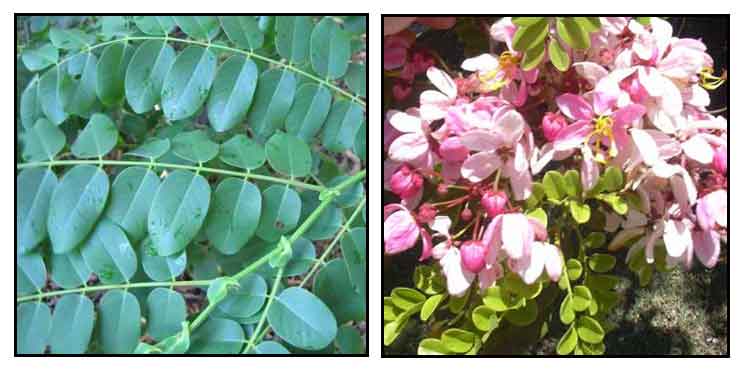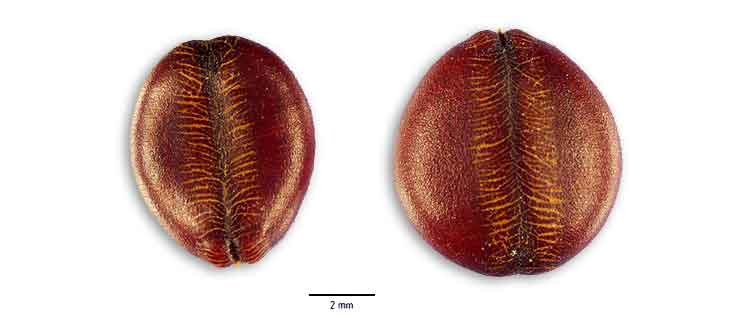
Family • Fabaceae
Tindalo
Cassia javanica Linn.
APPLEBLOSSOM SHOWER
Ji guo jue ming
| Scientific names | Common names |
| Cassia javanica L. | Anahuhan (Tag.) |
| Cathartocarpus javanicus Pers. | Antsoan (Tag.) |
| Bagiroro (Tag.) | |
| Tindalo (Tag.) | |
| Appleblossom shower (Engl.) | |
| Java cassia (Engl.) | |
| Rainbow shower (Engl.) | |
| Philippine compilations list Cassia javanica (appleblossom shower, tindalo) as a separate species from Cassia nodosa (apostola, pink-and-white shower). Some compilations list them as synonymous species, with a sharing of common names. The botanical demarcations seem unclear. | |
| Cassia nodosa is very similar to Cassia javanica, differing mostly from the latter in the absence of spines on the trunk and branches. | |
| Other vernacular names |
| CHINESE:Ji guo jue ming ? |
| FRENCH: Cassie à fleurs roses. |
| HINDI: Java ki rani. |
| MALAY: Bebusok, Bobondelan (Indonesia), Boking-boking (Sumatra), Busok-busok, Dulang dulang, Kaju dulang (Java), Sebusok, Trengguli (Indonesia). |
| MARATHI: Mazeli. |
| THAI: Kalalphruk, Khilek chawa, Khilek yawa. |
| TAMIL: Konne, Vakai |
Cassia nodosa is very similar to Cassia javanica, differing mostly from the latter in the absence of spines on the trunk and branches. Distribution Constituents
Availability |
June 2013
![]()
 |
| IMAGE SOURCE: / Photo / Rainbow shower (Scientific name: Cassia javanica) / Leaves of sapling at Kipahulu, Maui / Forest and Kim Starr - Plants of Hawaii - Image licensed under a Creative Commons Attribution 3.0 License / click on image to go to source page / alterVISTA |
| OTHER IMAGE SOURCE: / Photo / Rainbow shower (Scientific name: Cassia javanica) / Flowers at Baldwin Ave, Maui - Credit: Forest and Kim Starr - Plants of Hawaii - Image licensed under a Creative Commons Attribution 3.0 License/ click on image to go to source page / alterVISTA |
| OTHER IMAGE SOURCE: / Photo / Seeds Credit: Tracey Slotta. @ USDA-NRCS PLANTS Database- / USDA |
Additional
Sources and Suggested Readings |
• |
 |

 Botany
Botany
